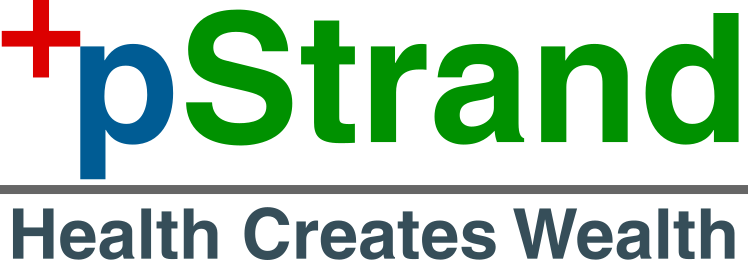TLR Biology and Nobel Prize
Toll-like Receptor (TLR) is truly one of the most important discoveries in immunology. It opens an entire new field of "innate" immunity besides century-old adaptive immunity (T cells and B cells). 2011 Nobel prize in physiology or medicine was given to pioneer TLR biologists - Dr. Beutler and Dr. Hoffmann. As natural and potent sensors, boosters, regulators of human immunity, TLRs are destinied to play important roles in modern medicine.
TLR9 ligand - a new adjuvant
Dynavax is no doubt the pioneer and leader in bring TLR science to the clinic. They choose a gentle intracelluar TLRs - TLR9 as the lead adjuvant to improve one of the weakest vaccines - Hep B vaccine. Hep B vaccine has a weak immunogenicity, which means it requires three doses spanning 6 months to generate a mediocure protective response.
There are at least four problems with current Hep-B vaccine:
- 6 month is too long. Lots of patients simply forget to return to clinic to get the third dose.
- For business travellers going to epidemic Hep B international region, they simply don't have 6 months to idle.
- Even with three doses, only 70% people generate enough protective response
- People with Diabetes or Chronic Kidney Diseases respond even poorer, putting them in huge risk.
For this apparent unmet medical need, Dynavax came to solve it with TLR biology. They use a TLR9 ligand to give the immune system a helping hand. The results: only 2 doses in 1 month and 95% reponse, even in patients of diabetes or CKD.
Adverse events
But, there is always a but, in the United States, vaccine has long been a hot sensititve political topic. Any unsafe vaccine may give nay-sayers the chance to bash against all vaccination schedule. FDA is very very cautious about new vaccines and new adjuvents. While a few weak adjuvants (MF59, AS04) have been approved by FDA, majority of human vaccine still uses alum, a century old AlOH powder that nobody knows how it works to boost immune response.
Why is FDA so cautious? Because boosting immune response non-specifically can fire back. An over-reacting immune system can damage our own healthy tissue and cause auto-immune diseases. So in the clinical trials of Dynavax's Heplisav-B, safety is watched carefully. That's why FDA almost judged "Heplisav-B" as worthless when a severe adverse event happend in 2008, despite that it may be irrelevant to the vaccine.
It is also this one case of SAE that makes AdCom uneasy for its safety and FDA reponded with CRL in 2013. It is worth noting that the leader of Vaccine AdCom may be lying with evidence of conflicts of interest.
Safety is important. Dynavax responded confidently by doing what FDA asked for: more trial, more safety record in the database. As the new phase III trial passed its third and last DSMB review. Heplisav-B has proved itself to be a safe AND effective vaccine.
Beyond Hep-B
Once approved, Dynavax is more than a Hep-B Vaccine company. TLR9 ligands will be the first safe and potent adjuvant ever approved (AS04 is weak). The same adjuvant can be used in other vaccines of weak immunogenicity, such as HPV.
What's more, the potential of TLR ligands as immune booster goes beyond vaccines. They can be used in cancer immunotherapy to work with checkpoint inhibitors (anti-PD-1, anti-CTLA4) to improve their response rates. Dynavax and Merck have annouced a deal to pursue this fascinating frontier.
After all, great science leads to better medicine. I am confident that TLR biology is one of them and Dynavax will prosper as the leader.
